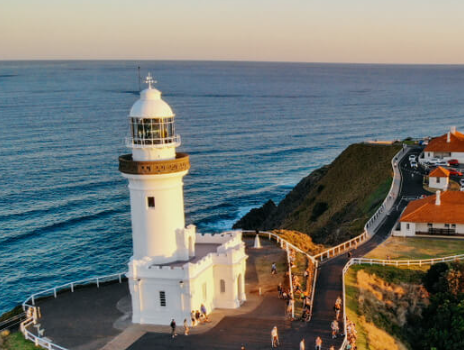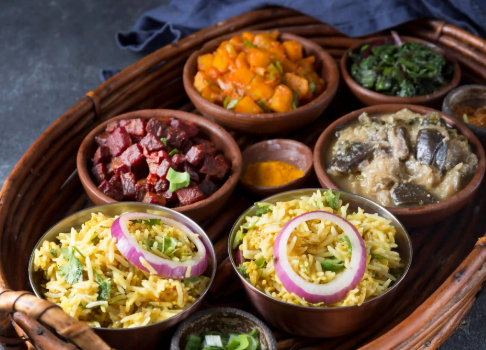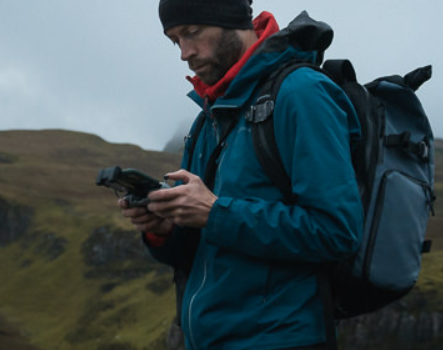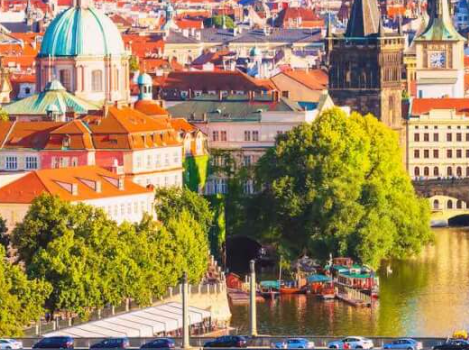
Sydney and the broader region of New South Wales are often described as “places like no other,” and it’s easy to see why. With a perfect blend of stunning architecture, incredible beaches, vibrant coastal towns, and a rich cultural heritage, this area offers something for every type of traveler. Whether you’re into nature, food, adventure, or relaxation, you’ll find a wealth of things to see and do.
Here’s a guide to the top 10 must-visit destinations in Sydney and New South Wales.
1. Sydney Opera House and Sydney Harbour Bridge
No visit to Sydney would be complete without taking in its most iconic landmarks: the Sydney Opera House and the Sydney Harbour Bridge. The Opera House, with its world-renowned design and cutting-edge engineering, is a must-see for anyone interested in architecture and culture. Join a guided tour to explore its history, acoustic marvels, and secret spots like the Utzon Room and the Concert Hall.
For the more adventurous, take on the Sydney Harbour Bridge. You can walk, cycle, or even climb the bridge for a 360-degree panoramic view of the city. Whether you choose the short 90-minute climb or the extended 3.5-hour Summit Climb, the experience is unforgettable.
2. Bondi Beach
Bondi Beach is famous worldwide, and for good reason. Its crystal-clear waters, lively atmosphere, and stunning coastal scenery make it an essential stop. Whether you’re looking to surf, swim, or simply relax on the golden sands, Bondi Beach offers plenty of activities for everyone. Take a surfing lesson if you’re a beginner, or enjoy the Bondi Icebergs Pool for a saltwater dip. The surrounding cafes and bars offer delicious food and refreshing drinks, making it a perfect spot to unwind.
3. Blue Mountains
Located just 90 minutes from Sydney, the Blue Mountains are a nature lover’s dream. Known for its rugged beauty, lush forests, and breathtaking views, this area offers numerous hiking trails for all levels. Popular spots include the Three Sisters rock formation, Katoomba Falls, and Echo Point. If you’re looking for something unique, try the Scenic Railway or visit the Jenolan Caves. After a day of exploring, enjoy a hearty meal at one of the local restaurants with a scenic view.
4. The Rocks
For a taste of Sydney’s colonial past, head to The Rocks. This historic district offers cobblestone streets, old pubs, open-air markets, and museums like the Museum of Contemporary Art. Explore the area’s history through walking tours or stop by some of the oldest pubs in the city. Don’t miss the Aboriginal Dreaming Tour to learn about the Gadigal people’s connection to the land. The Rocks is a lively place full of culture, food, and history.
5. Manly Beach
Just a ferry ride from the city, Manly Beach offers a more relaxed beach experience compared to Bondi. Known as the birthplace of Australian surfing, it’s the perfect place to try out stand-up paddleboarding, kayaking, or snorkeling. Enjoy a leisurely walk or bike ride along the coastal paths, and afterward, treat yourself to a meal at one of the many cafes with ocean views. If you’re visiting on the weekend, check out the local markets for unique crafts and produce.
6. Hunter Valley
For wine lovers, the Hunter Valley is a must-visit. Located about two hours from Sydney, it’s the heart of Australia’s wine country, known for its fine Semillon and Shiraz wines. Take part in wine tastings, enjoy a gourmet food and wine experience, or even go glamping for a night under the stars. The region also offers plenty of outdoor activities like hot air balloon rides, bike tours, and golf. If you’re feeling adventurous, try a thrilling go-kart race or go kangaroo spotting in the vineyards.
7. Byron Bay
Byron Bay is a coastal paradise known for its laid-back vibe, stunning beaches, and vibrant culture. Spend time walking the 4km coastal trail to Cape Byron Lighthouse or enjoy the local markets and cafes. Byron Bay is also famous for whale watching, and if you’re lucky, you might spot a humpback during the migration season. For a more bohemian experience, visit the nearby town of Nimbin, a quirky community that draws artists, musicians, and environmentalists.
8. Kangaroo Valley
Just 2.5 hours south of Sydney, Kangaroo Valley is the perfect escape for nature lovers. The valley is home to the beautiful Fitzroy Falls, where you can enjoy a stunning waterfall surrounded by lush rainforest. Take a hike along the trails or spot local wildlife like wombats, which are particularly active at night. This tranquil area offers a peaceful retreat from city life and is great for those looking to immerse themselves in the Australian countryside.
9. Kingscliff
Located near the border with Queensland, Kingscliff is a coastal town that offers a perfect blend of stunning beaches and a relaxed atmosphere. Whether you’re kayaking on Cudgen Creek, enjoying a bike ride along the coast, or simply relaxing at Kingscliff Beach, this town provides an idyllic coastal retreat. For a more adventurous day, head out on a boat tour to Cook Island, where you can snorkel with turtles in the protected marine reserve.
10. Mudgee
Mudgee, located about four hours west of Sydney, is a hidden gem for foodies and wine enthusiasts. This charming town offers cycling tours through vineyards, visits to heritage sites, and plenty of delicious local produce. Don’t miss the weekend markets, where you can sample fresh produce, artisanal foods, and local crafts. Mudgee also has a growing arts scene, with galleries showcasing regional artwork and a variety of outdoor activities to enjoy.
Conclusion
From the bustling streets of Sydney to the serene beauty of the Blue Mountains, New South Wales offers a perfect mix of adventure, culture, and relaxation. Whether you’re a thrill-seeker, a history buff, or simply someone looking to unwind, this region has something special for everyone. Each of these destinations provides a unique experience, making Sydney and New South Wales some of the best places to visit in Australia.














Comments